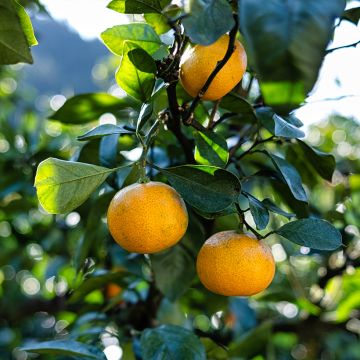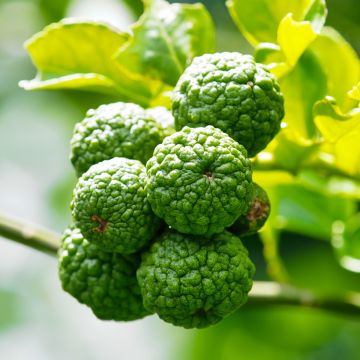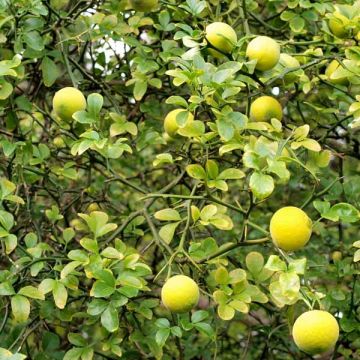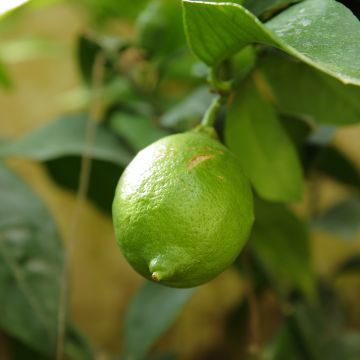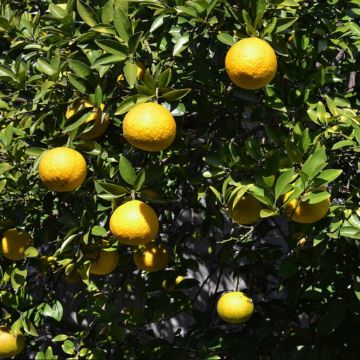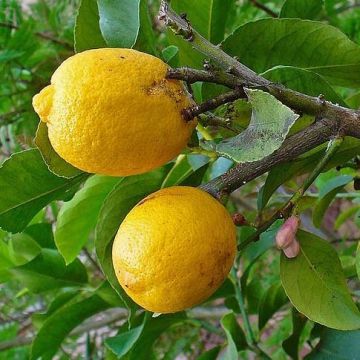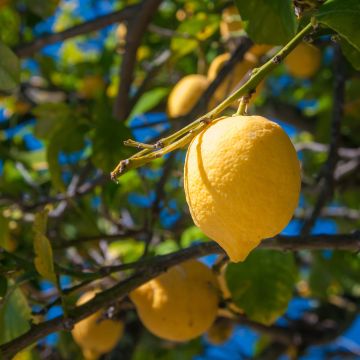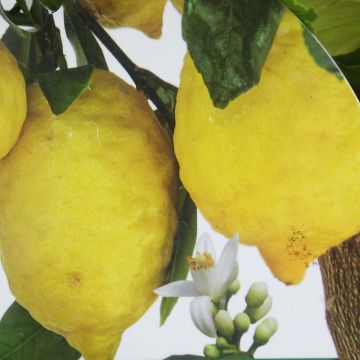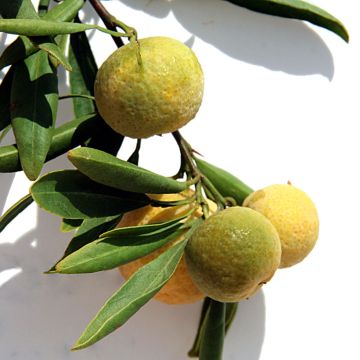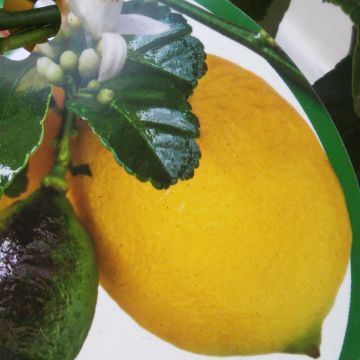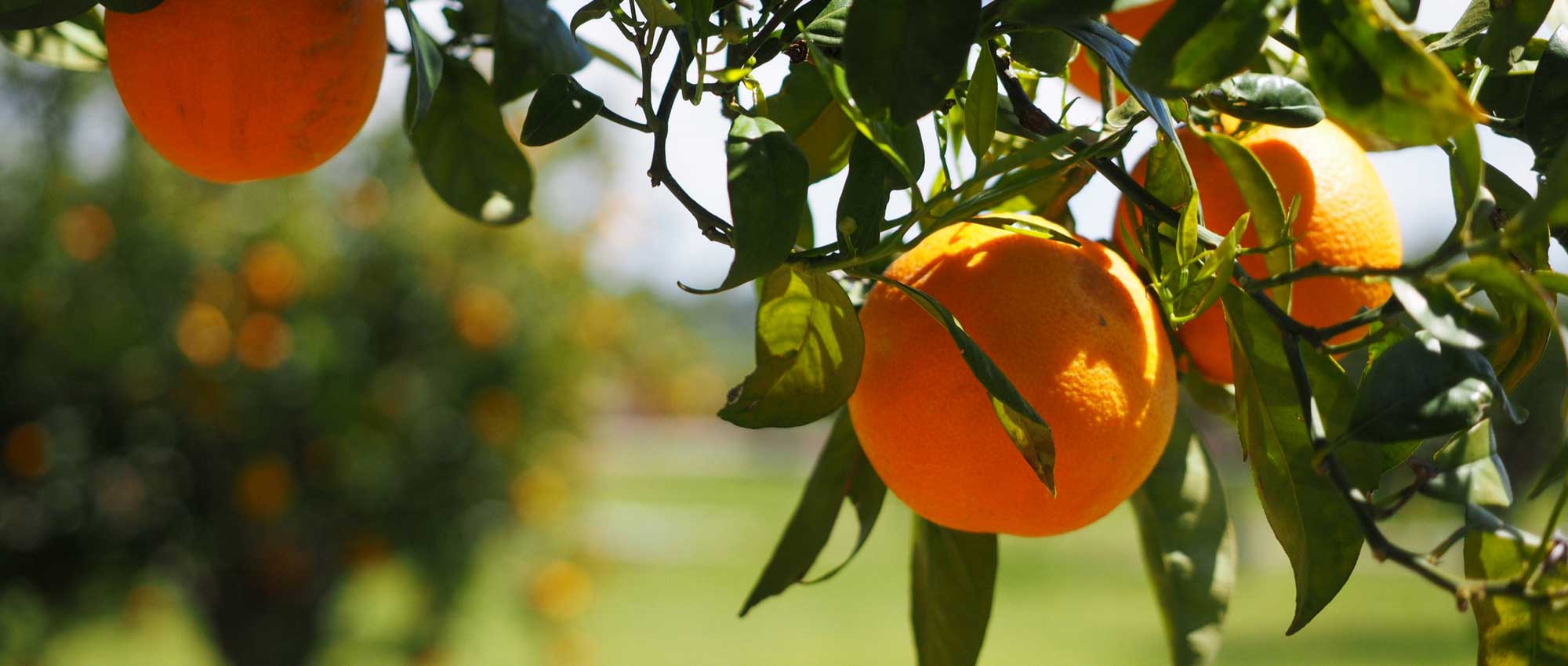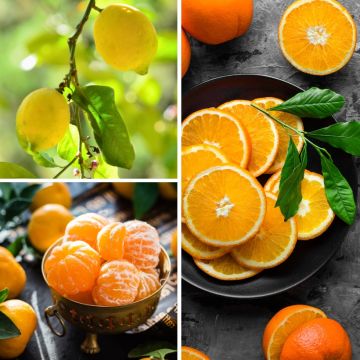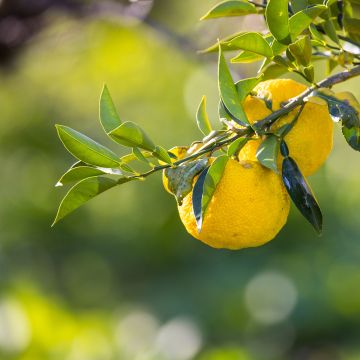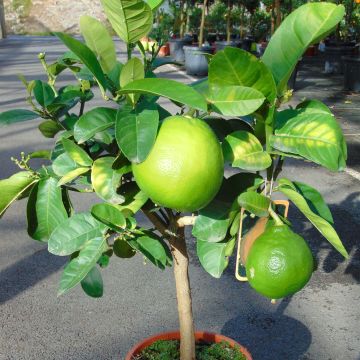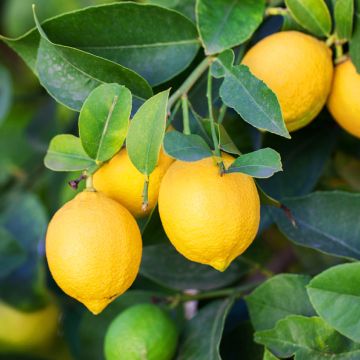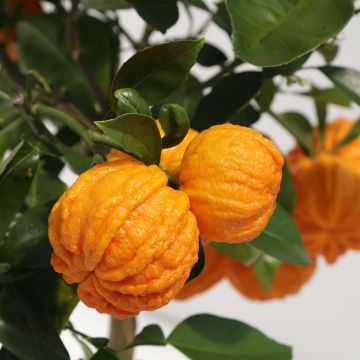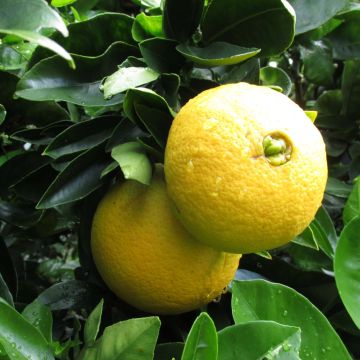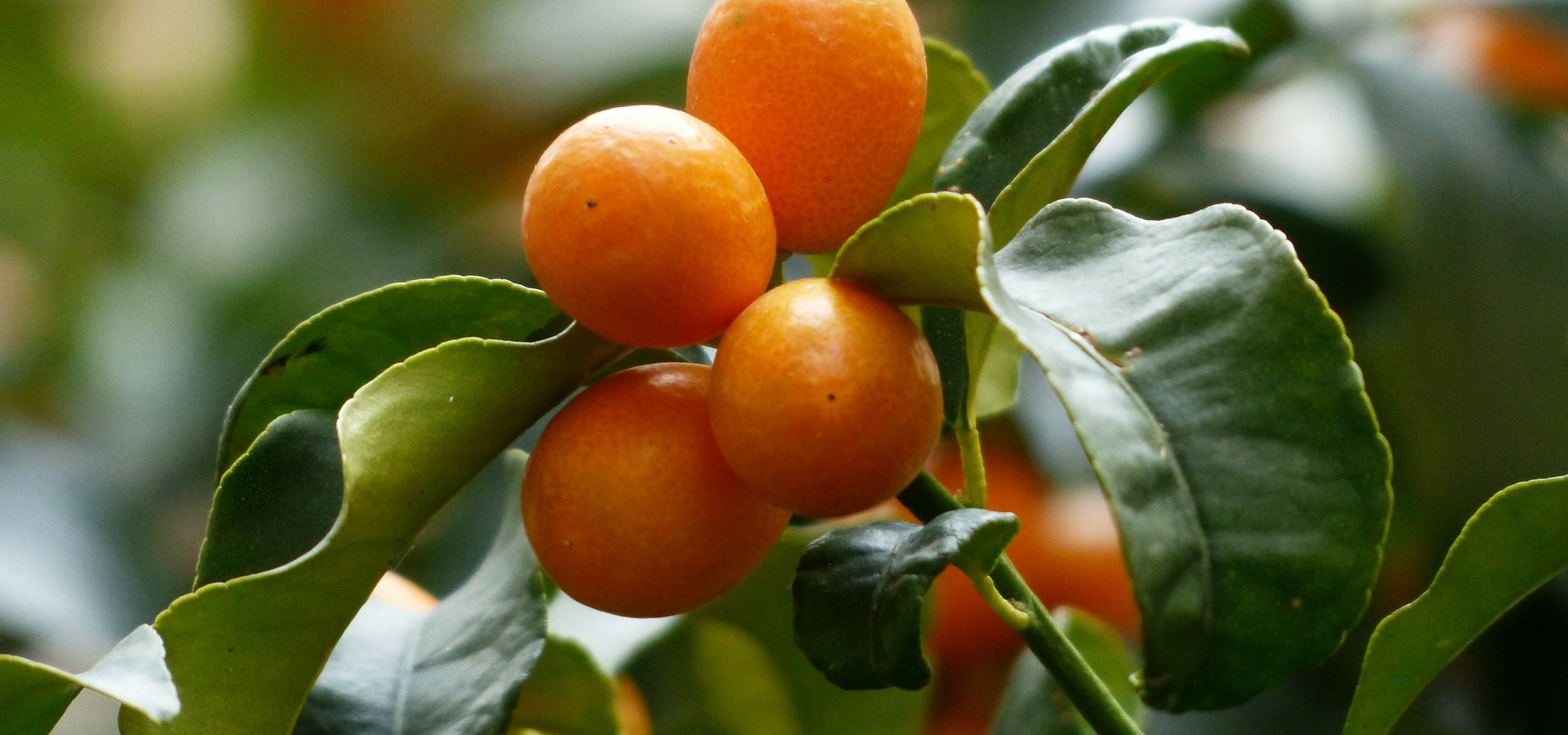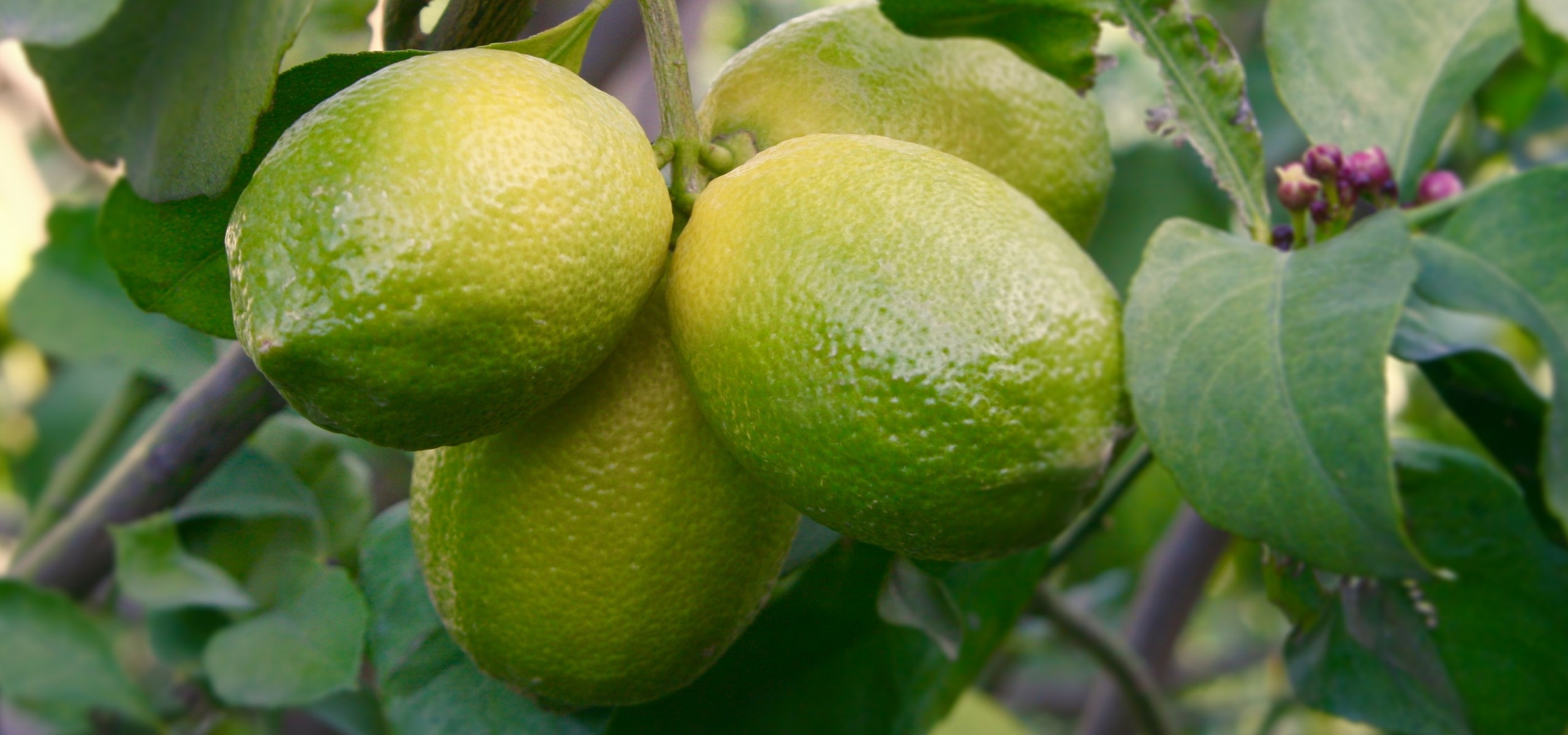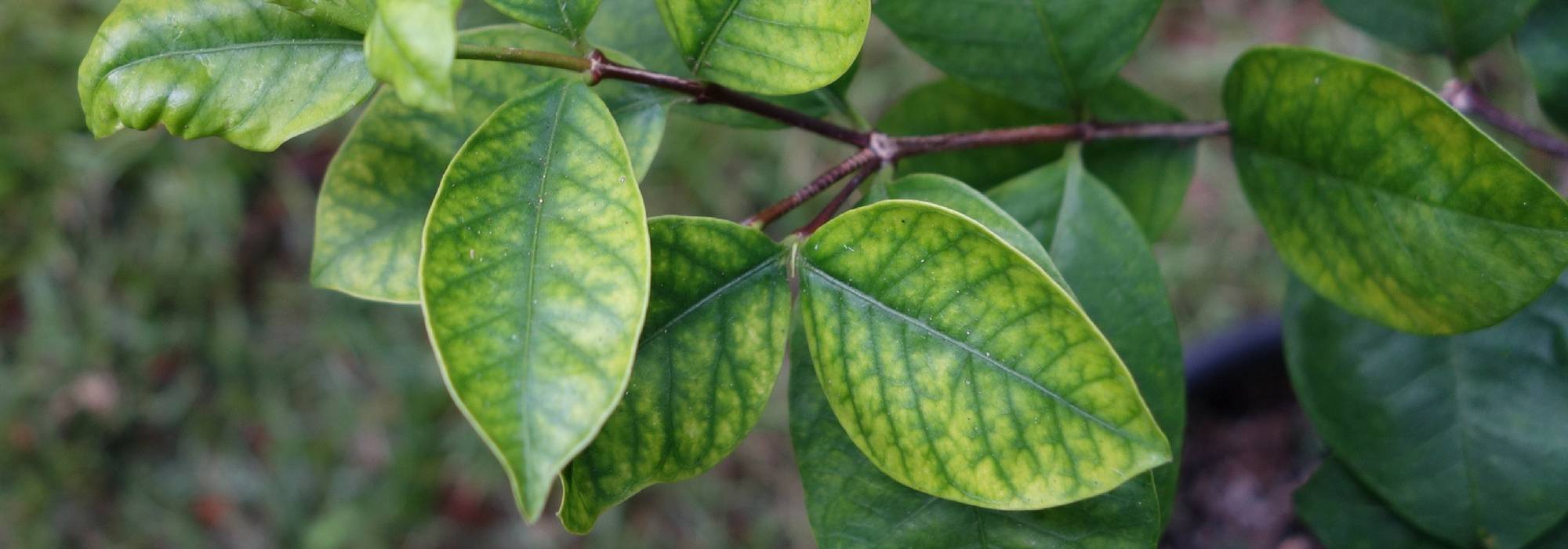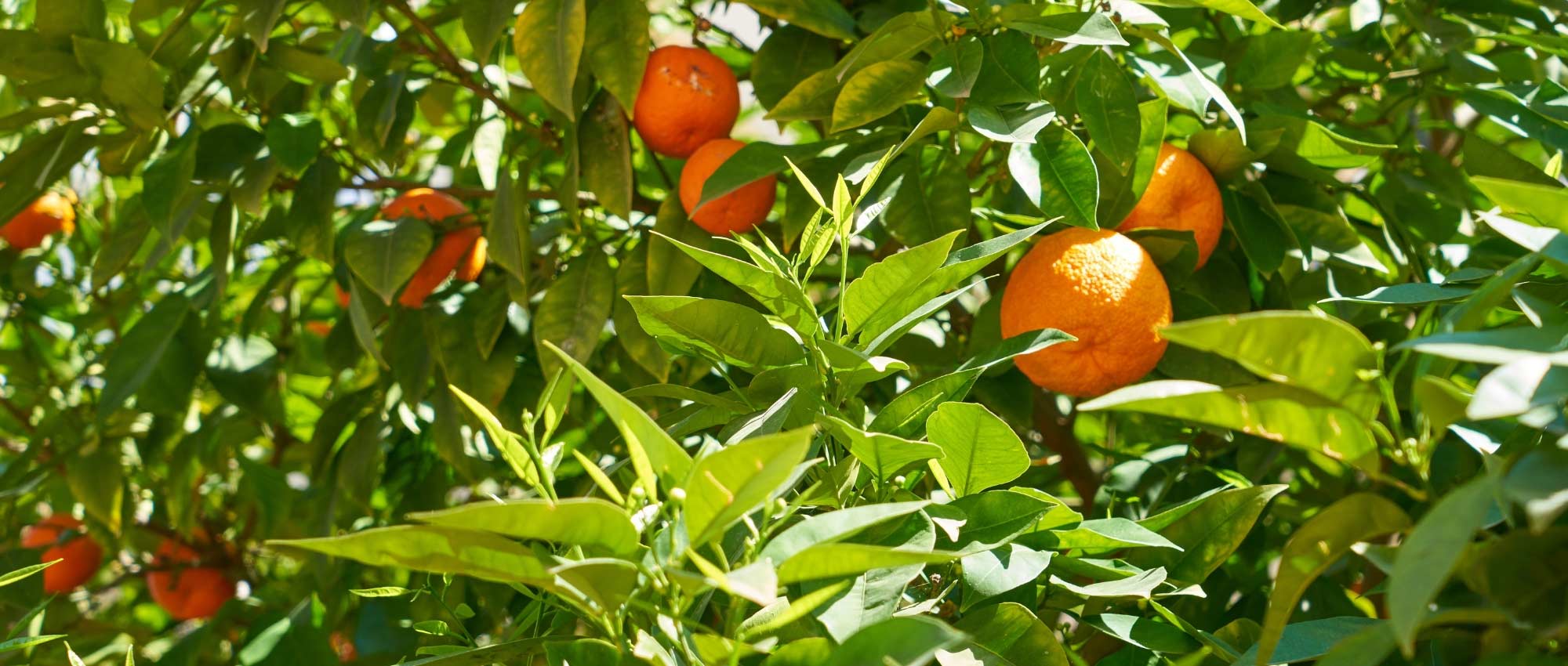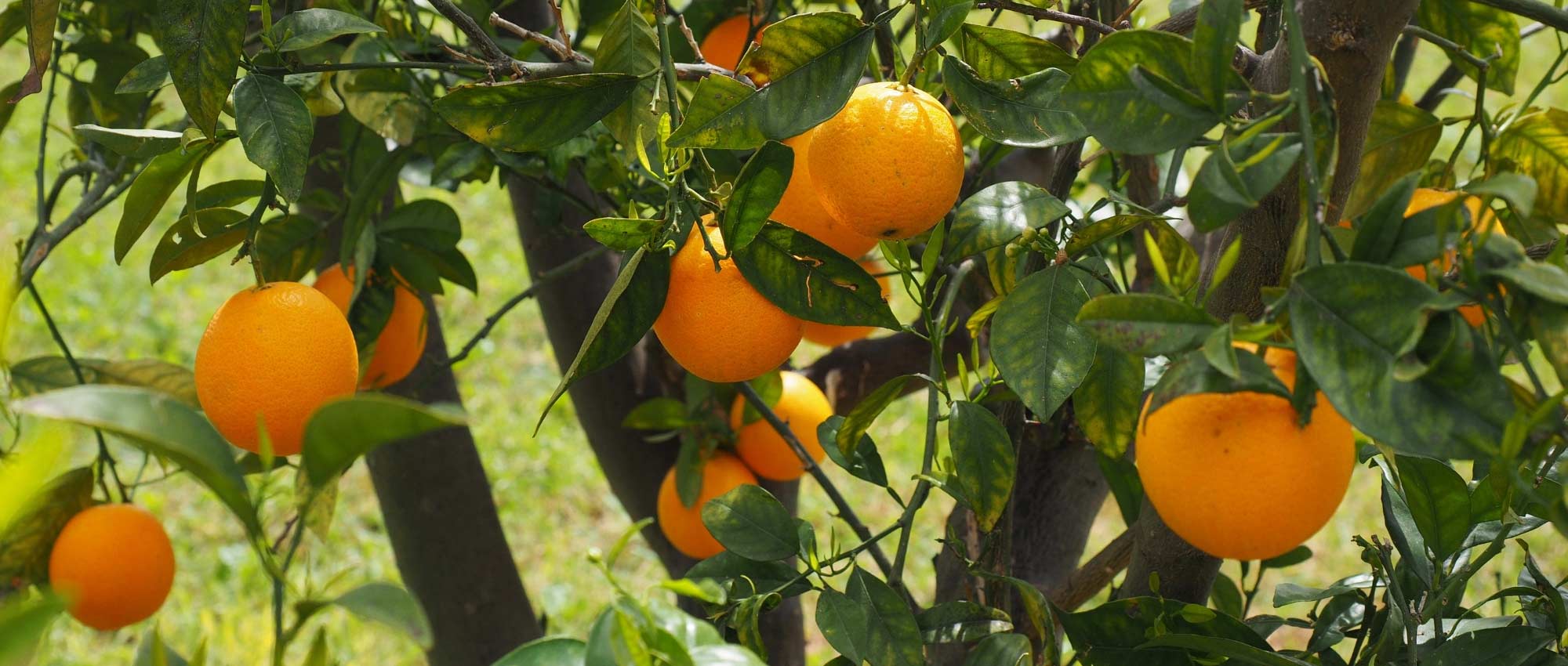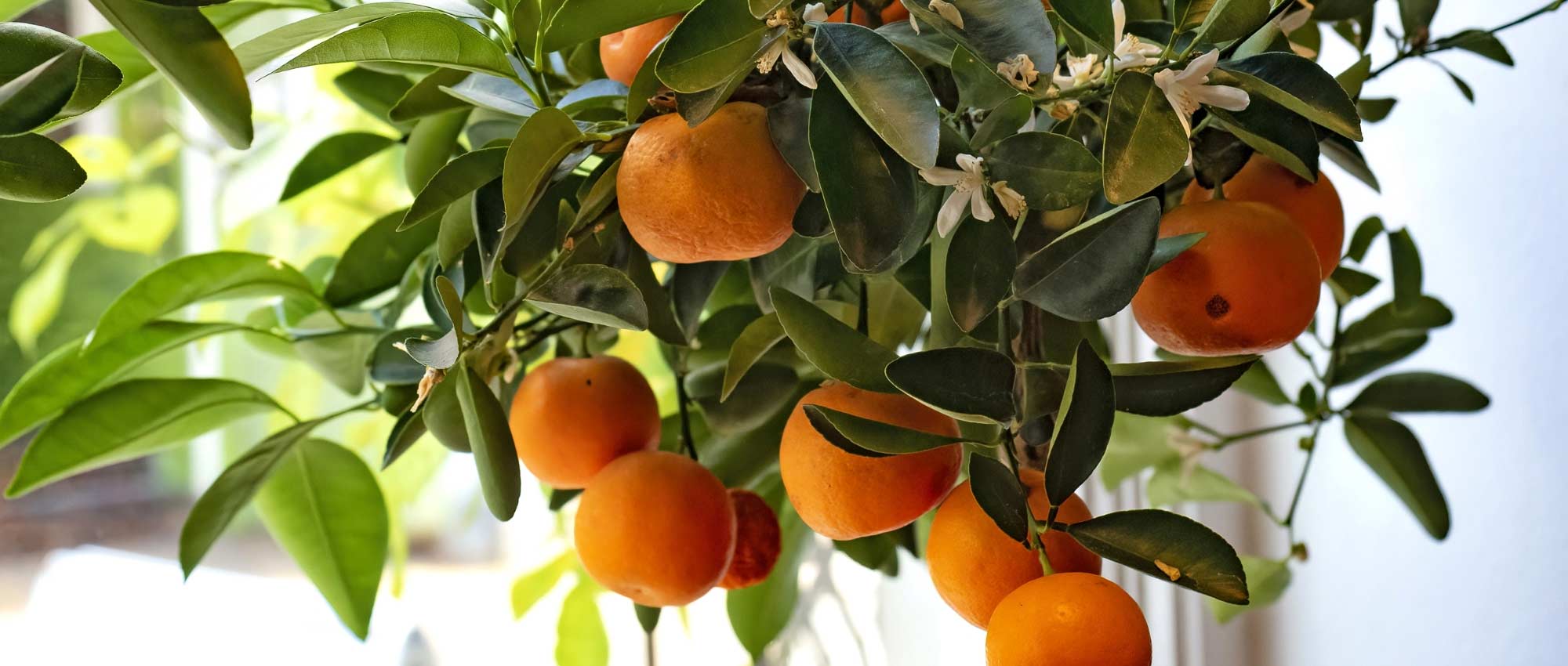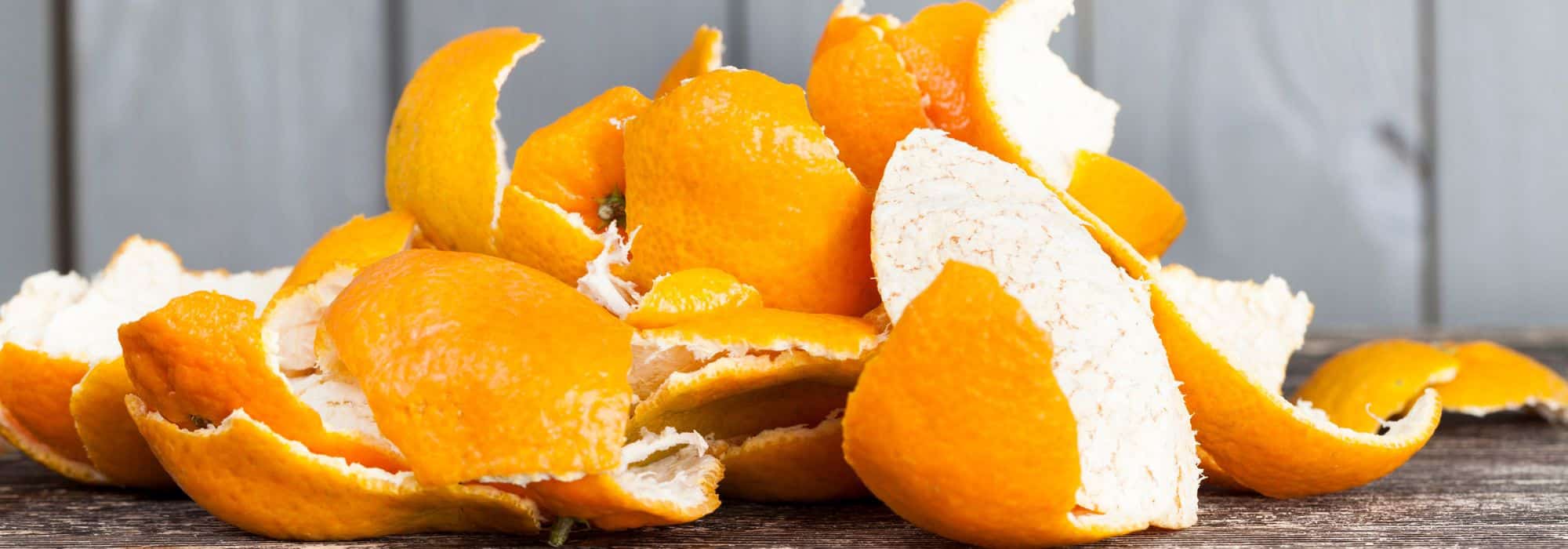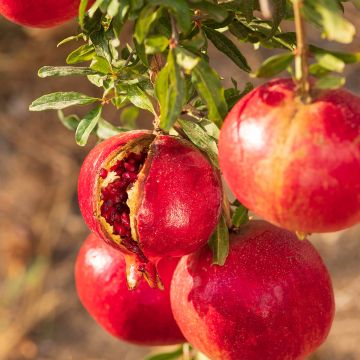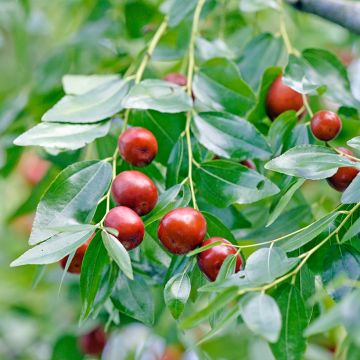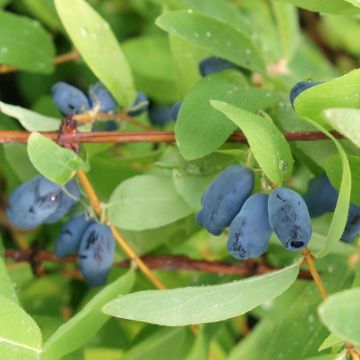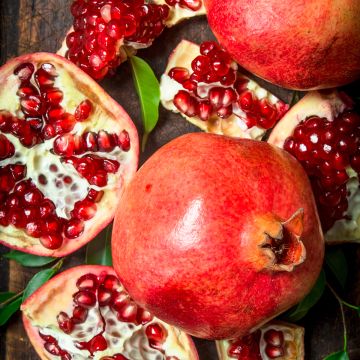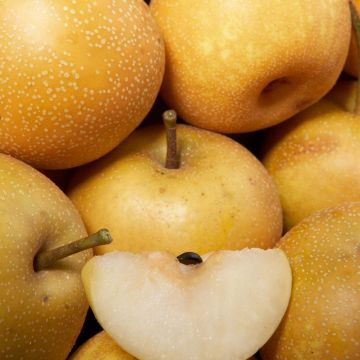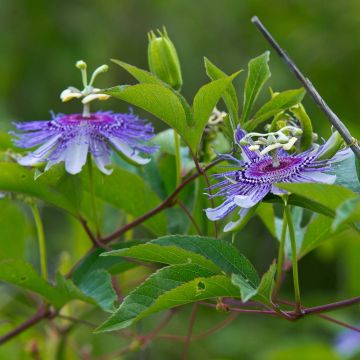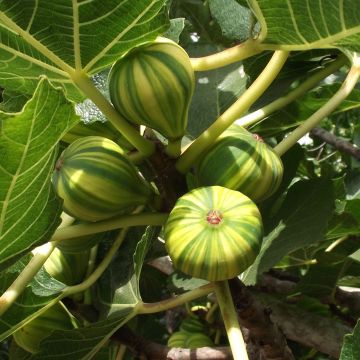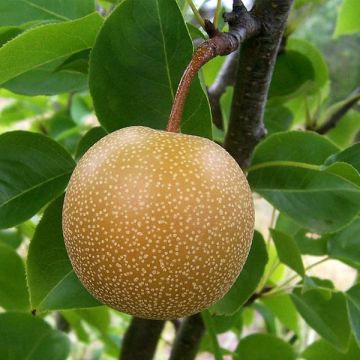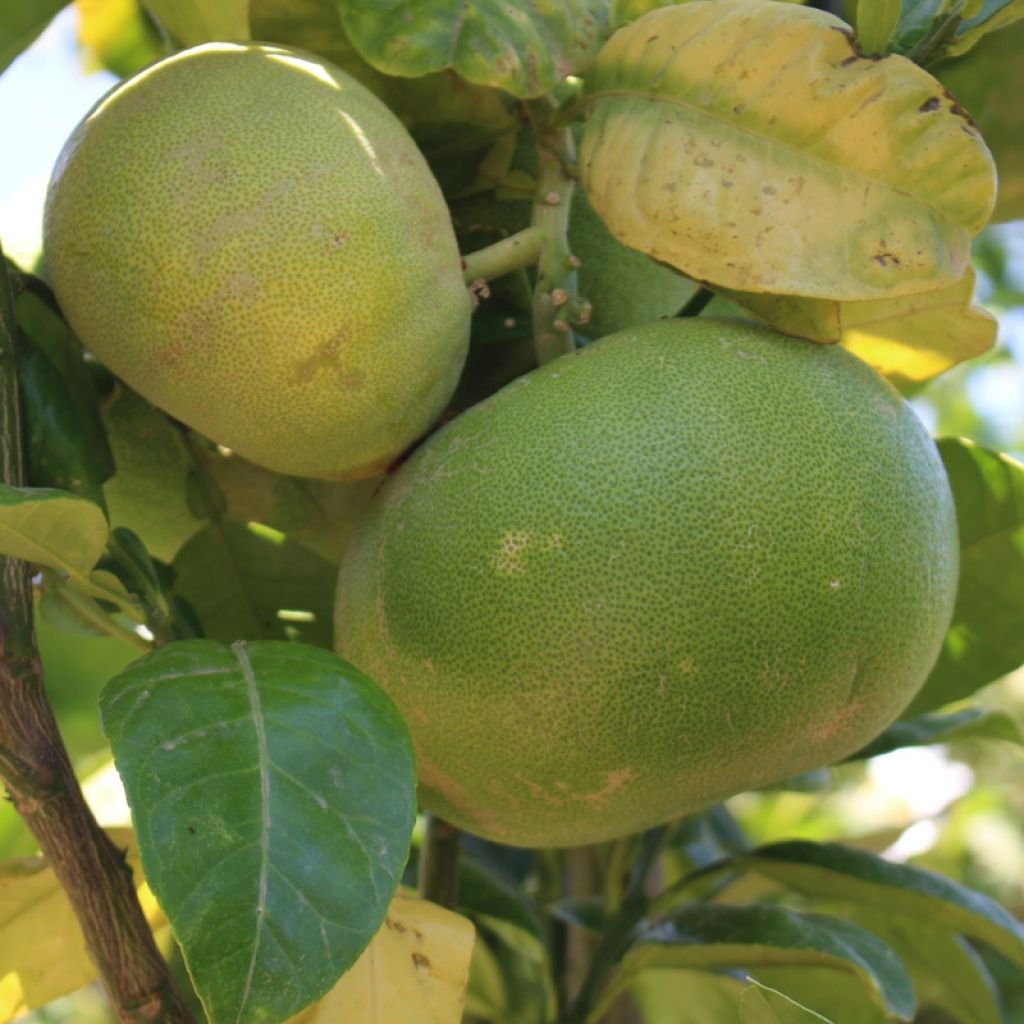

Pomelo - Citrus maxima
Pomelo - Citrus maxima
Citrus maxima
Pomelo, Pummelo, Shaddock
J'ai commandé un pamplemoussier; commande le mardi, réception le jeudi dans un colis bien fait. Jusque là tout va bien ou cela ce gâte c'est à l'ouverture. Une branche maitresse est cassée et un tiers des autres sont mortes. Grosse déception, j'appelle le service après vente, j'explique mon problème a une personne très agréable qui me dit "ce n'est pas mon service je vous passe le bon". Je pensais que j'allais être "trimballé de service en service, et bien non! J'explique à nouveau mon problème à une personne très à l'écoute. Elle me présente immédiatement ses excuses et sans mettre ma parole en doute se contentant de mes explications elle me propose ou un remboursement immédiat de l'arbre et du port ou un renvoi d'un nouvel arbre. Je choisi la deuxième solution, un autre pamplemoussier est arrivé en parfait état. Merci pour votre sérieux et votre confiance. Je recommanderai sans crainte.
Hervé, 16/12/2020
Special offer!
Receive a €20 voucher for any order over €90 (excluding delivery costs, credit notes, and plastic-free options)!
1- Add your favorite plants to your cart.
2- Once you have reached €90, confirm your order (you can even choose the delivery date!).
3- As soon as your order is shipped, you will receive an email containing your voucher code, valid for 3 months (90 days).
Your voucher is unique and can only be used once, for any order with a minimum value of €20, excluding delivery costs.
Can be combined with other current offers, non-divisible and non-refundable.
Why not try an alternative variety in stock?
View all →This plant carries a 6 months recovery warranty
More information
We guarantee the quality of our plants for a full growing cycle, and will replace at our expense any plant that fails to recover under normal climatic and planting conditions.

Description
Citrus maxima or Citrus grandis, produces very large, green-yellow, round fruits (15 to 20 cm (6 to 8in) in diameter) with a flattened base. They require a lot of heat over a long period to ripen. The flesh is acidic and bitter. This citrus forms a large tree, reaching 10 m (33ft) high when grown in the ground. It produces large white flowers with a sweet fragrance and has glossy dark green evergreen foliage. Grapefruits can be used to make delicious vitamin-rich fruit salads, even in winter. It is not very hardy and dies below -7°C (19.4°F). It can be grown in a large container and stored in a greenhouse during winter, or grown in the ground in warm regions that are not affected by severe frost.
Citrus maxima has fruits in clusters on the branches. It is probably native to Malaysia and mainly grows in regions with an equatorial or Mediterranean climate today. Do not confuse it with the Pomelo, which is a cross between Citrus maxima and Citrus sinensis (Citrus (x) paradisi) and originates from Barbados. It is widely cultivated, especially in China, and is sold as Chinese Grapefruit or Pomelo in our markets.
This large-sized bush belongs to the Rutaceae family. Its habit is naturally rounded. It can reach a height of 10 m (33ft) and spread about 4 m (13ft) when grown in the ground, in favourable growing conditions. Its growth will of course be more limited in a pot. The young branches are hairy, then become smooth over time. Citrus maxima blooms abundantly in March-April. It produces large flowers for a citrus tree. They are white, star-shaped, divinely fragrant, and arranged in clusters. They give way to very large round fruits, ranging in diameter from 15 to 20 cm (6 to 8in). The relatively thick skin is green, turning yellow when ripe in warm climates, and has a smooth appearance. The pulp of the fruit, which is pink-red and translucent, is acidic and bitter. The fruits are harvested in spring in our climates. The large, evergreen, leathery, and aromatic leaves of this citrus tree often have a petiole with a small wing.
Grapefruit can be consumed fresh or as an appetiser, as a dessert, and of course in the form of juice. This fruit is also known for its fortifying, alkalizing, purifying, and digestion-facilitating properties. It is also a beautiful ornamental bush in very mild climates: with its superb deep green and shiny foliage, clusters of large pink fruits, and naturally balanced habit, it is particularly decorative.
Like all citrus trees, Citrus maxima contains essential oil pockets in its leaves, flowers, and fruits, which are often visible to the naked eye. Essential oil with antiseptic, tonic, and appetising properties is extracted from them through distillation (flowers and leaves) or pressing (peel). The fragrance of the essential oil is described as fruity, acidic and slightly bitter, with floral notes.
Most citrus trees thrive in the ground in Mediterranean coastal regions where they can find the necessary heat all year round. However, to bear fruit well, they need an adequate supply of water and nutrients. This is a self-fertile bush, which means that only one individual is needed for complete pollination and fruiting.
Plant habit
Fruit
Flowering
Foliage
Botanical data
Citrus
maxima
Rutaceae
Pomelo, Pummelo, Shaddock
Southeast Asia
Other Citrus trees
View all →Planting and care
Planting in open ground: the Citrus maxima appreciates neutral, slightly acidic and non-chalky soils, but it is less demanding in terms of soil pH than most other citrus trees. It is only reasonable to plant it in open ground if you live on a Mediterranean coastal strip. The best period to plant is in early spring, in March and April. Be careful not to bury the collar. Citrus trees are naturally greedy and require water to fruit well: consider adding well-decomposed compost or "special citrus" fertiliser. Choose a sunny but not scorching spot for your bush, sheltered from the wind to prevent foliage from drying out and young fruits from falling off, and protected from sea spray.
Planting in a pot: in all other regions, the Grapefruit will be planted in a pot that you can keep in a greenhouse or a very lightly heated veranda. It will need to be frost-free permanently, but it will appreciate being outside in summer. Plant in a pot or repot at the end of summer. Choose a pot slightly larger than the root system, citrus trees do not like feeling cramped. Moisten the root ball well. To improve the drainage capacity of the mixture, line the bottom of the pot with clay balls. Loosen the root ball and mix two-thirds garden soil with one-third "citrus" compost. Water generously. Use terracotta pots or breathable materials.
Citrus trees need a lot of water to thrive. Your citrus tree should be watered every day with low or non-chalky water, and the soil should remain moist at all times. Regularly give it the fertiliser it needs: every 6 months for slow-release granular fertiliser or every 3 waterings for liquid fertiliser.
Planting period
Intended location
Care
Planting & care advice
-
, onOrder confirmed
Reply from on Promesse de fleurs
Similar products
Haven't found what you were looking for?
Hardiness is the lowest winter temperature a plant can endure without suffering serious damage or even dying. However, hardiness is affected by location (a sheltered area, such as a patio), protection (winter cover) and soil type (hardiness is improved by well-drained soil).

Photo Sharing Terms & Conditions
In order to encourage gardeners to interact and share their experiences, Promesse de fleurs offers various media enabling content to be uploaded onto its Site - in particular via the ‘Photo sharing’ module.
The User agrees to refrain from:
- Posting any content that is illegal, prejudicial, insulting, racist, inciteful to hatred, revisionist, contrary to public decency, that infringes on privacy or on the privacy rights of third parties, in particular the publicity rights of persons and goods, intellectual property rights, or the right to privacy.
- Submitting content on behalf of a third party;
- Impersonate the identity of a third party and/or publish any personal information about a third party;
In general, the User undertakes to refrain from any unethical behaviour.
All Content (in particular text, comments, files, images, photos, videos, creative works, etc.), which may be subject to property or intellectual property rights, image or other private rights, shall remain the property of the User, subject to the limited rights granted by the terms of the licence granted by Promesse de fleurs as stated below. Users are at liberty to publish or not to publish such Content on the Site, notably via the ‘Photo Sharing’ facility, and accept that this Content shall be made public and freely accessible, notably on the Internet.
Users further acknowledge, undertake to have ,and guarantee that they hold all necessary rights and permissions to publish such material on the Site, in particular with regard to the legislation in force pertaining to any privacy, property, intellectual property, image, or contractual rights, or rights of any other nature. By publishing such Content on the Site, Users acknowledge accepting full liability as publishers of the Content within the meaning of the law, and grant Promesse de fleurs, free of charge, an inclusive, worldwide licence for the said Content for the entire duration of its publication, including all reproduction, representation, up/downloading, displaying, performing, transmission, and storage rights.
Users also grant permission for their name to be linked to the Content and accept that this link may not always be made available.
By engaging in posting material, Users consent to their Content becoming automatically accessible on the Internet, in particular on other sites and/or blogs and/or web pages of the Promesse de fleurs site, including in particular social pages and the Promesse de fleurs catalogue.
Users may secure the removal of entrusted content free of charge by issuing a simple request via our contact form.
The flowering period indicated on our website applies to countries and regions located in USDA zone 8 (France, the United Kingdom, Ireland, the Netherlands, etc.)
It will vary according to where you live:
- In zones 9 to 10 (Italy, Spain, Greece, etc.), flowering will occur about 2 to 4 weeks earlier.
- In zones 6 to 7 (Germany, Poland, Slovenia, and lower mountainous regions), flowering will be delayed by 2 to 3 weeks.
- In zone 5 (Central Europe, Scandinavia), blooming will be delayed by 3 to 5 weeks.
In temperate climates, pruning of spring-flowering shrubs (forsythia, spireas, etc.) should be done just after flowering.
Pruning of summer-flowering shrubs (Indian Lilac, Perovskia, etc.) can be done in winter or spring.
In cold regions as well as with frost-sensitive plants, avoid pruning too early when severe frosts may still occur.
The planting period indicated on our website applies to countries and regions located in USDA zone 8 (France, United Kingdom, Ireland, Netherlands).
It will vary according to where you live:
- In Mediterranean zones (Marseille, Madrid, Milan, etc.), autumn and winter are the best planting periods.
- In continental zones (Strasbourg, Munich, Vienna, etc.), delay planting by 2 to 3 weeks in spring and bring it forward by 2 to 4 weeks in autumn.
- In mountainous regions (the Alps, Pyrenees, Carpathians, etc.), it is best to plant in late spring (May-June) or late summer (August-September).
The harvesting period indicated on our website applies to countries and regions in USDA zone 8 (France, England, Ireland, the Netherlands).
In colder areas (Scandinavia, Poland, Austria...) fruit and vegetable harvests are likely to be delayed by 3-4 weeks.
In warmer areas (Italy, Spain, Greece, etc.), harvesting will probably take place earlier, depending on weather conditions.
The sowing periods indicated on our website apply to countries and regions within USDA Zone 8 (France, UK, Ireland, Netherlands).
In colder areas (Scandinavia, Poland, Austria...), delay any outdoor sowing by 3-4 weeks, or sow under glass.
In warmer climes (Italy, Spain, Greece, etc.), bring outdoor sowing forward by a few weeks.






























